Intel rolls out first 5G public test in Europe
A cruise liner sees one of the first industrial use cases of the technology
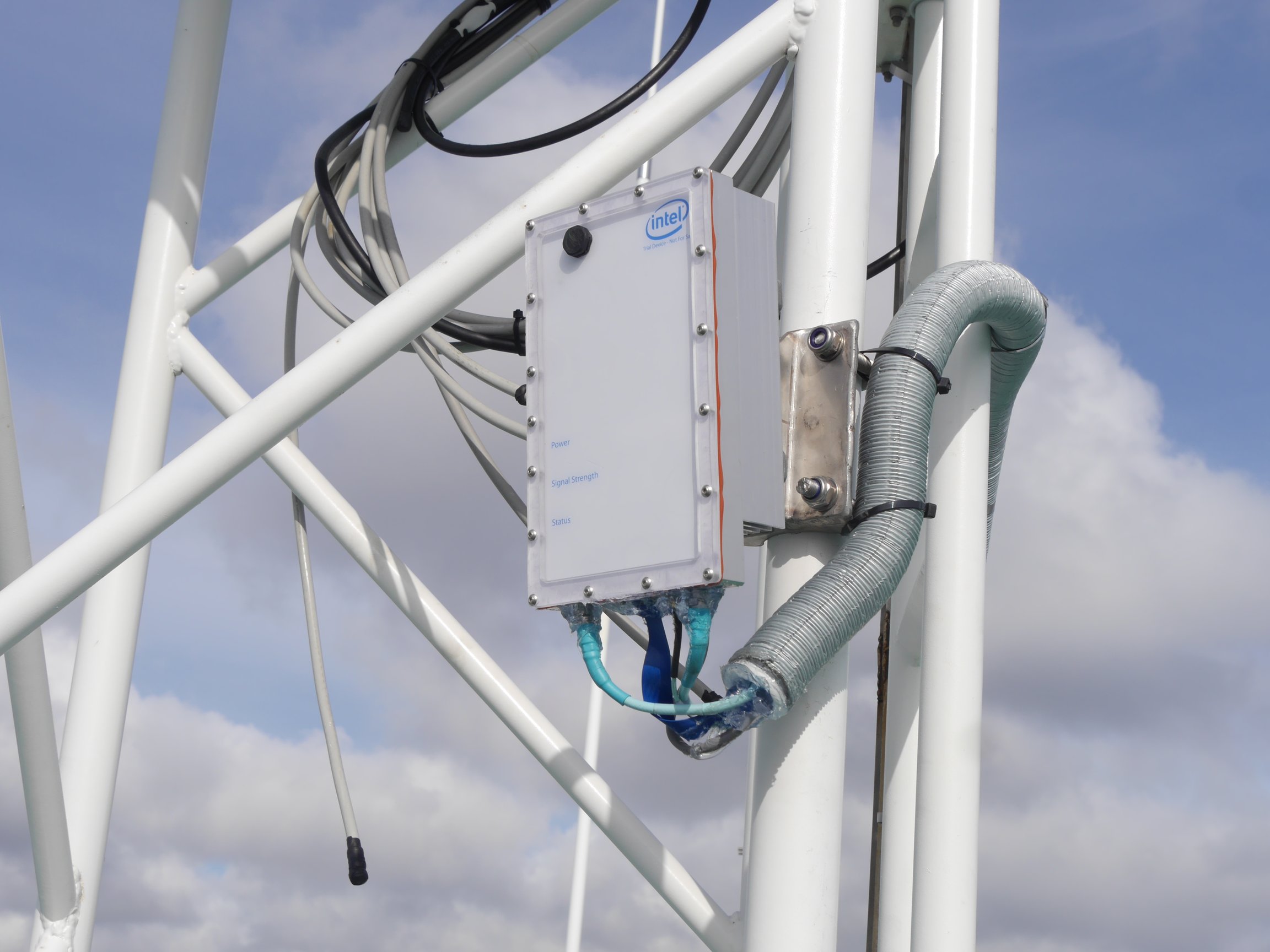
Intel has rolled out the first European test of a public 5G network to demonstrate industry use cases, the first of which will be high speed connections on-board a passenger cruise ship.
The work builds on existing efforts by Swedish telecoms giants Ericsson and Telia, who embarked on their own 5G roadmap in 2016 to bring the new technology to Tallinn and Stockholm, considered two of the most digitised cities in the world.
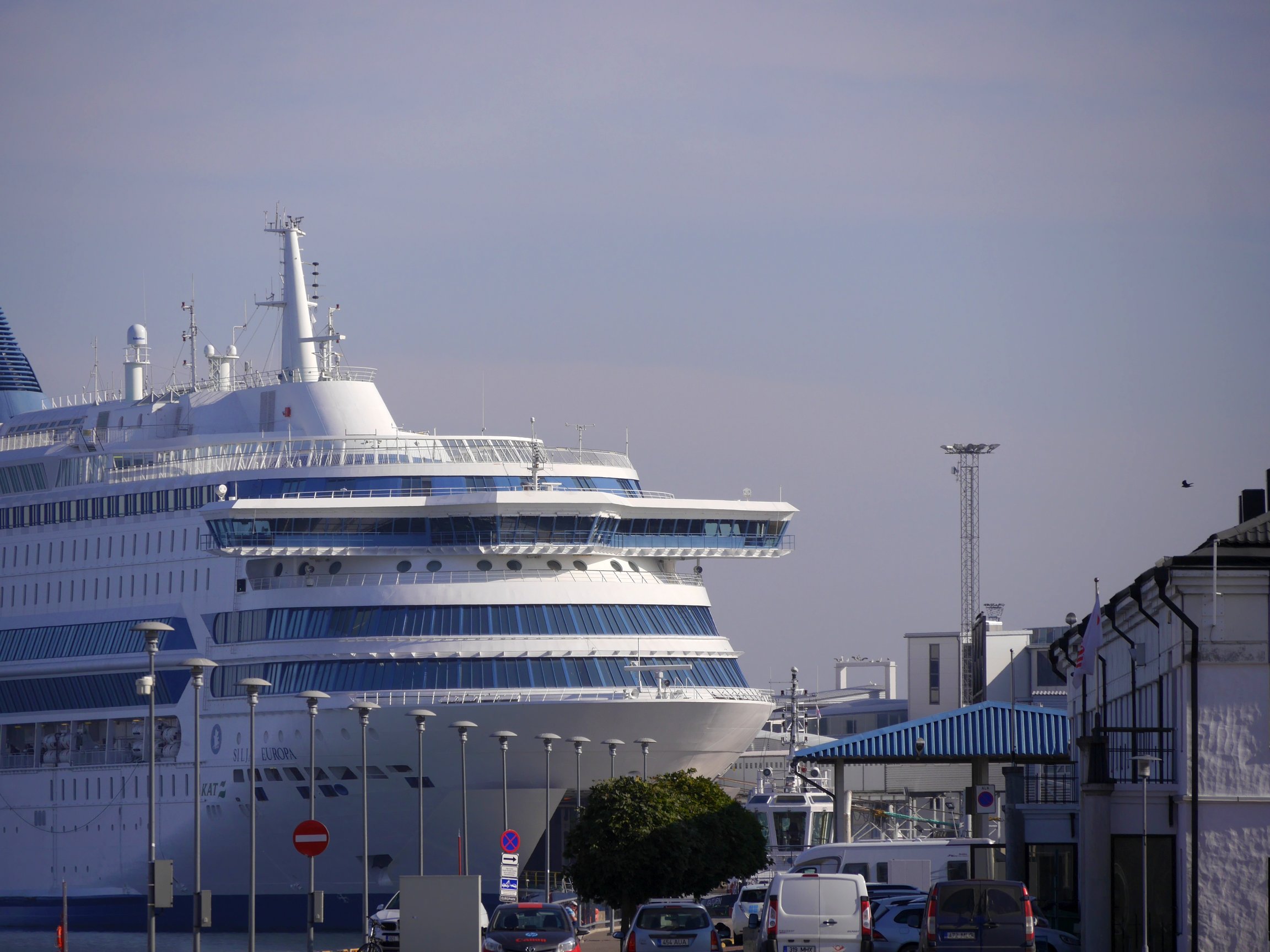
The Tallink Silja Europa cruise liner offers 5G super-fast Wifi to passengers while docked
The rollout will see the three companies work together to demonstrate the potential of 5G in a real-world setting for the first time, allowing industries to test the technology's interoperability between systems, cloud networks and end-user devices.
As an initial experiment earlier this month, a 5G network was implemented at the port of Tallinn in Estonia, where 2,000 passengers were able to access high speed connections on board a docked cruise liner.
Commenting on the launch, Asha Keddy, VP of the Next Generation and Standards group at Intel, said: "Our work together trialing early usages of 5G technologies and the experiences it will bring to different industries, demonstrates the importance of collaboration and the need for seamless flow of data across the network, cloud and devices to make 5G a reality.
"Intel's 5G platforms are critical enablers for today's active, real-world 5G trials with service providers around the globe, providing crucial insights and helping to define the future of 5G."
Sign up today and you will receive a free copy of our Future Focus 2025 report - the leading guidance on AI, cybersecurity and other IT challenges as per 700+ senior executives
The EU Digital Summit, a discussion on digital innovation taking place in Estonia this week, will also host a live test of a 5G network being used to remotely control industrial machinery using augmented reality. The hope is that super-fast, low-latency connections will be able take human operators out of hazardous environments, in this case excavation work.
The tests are supported by a 5G base station provided by Ericsson, making use of Intel's own development service known as the 5G Mobile Trial Platform, which is able to provide speeds of up to 3Gbps.
"High speed, low latency, guaranteed capacity and truly mobile is going to push the boundaries of digitalization and we want to be there pushing it together with our partners," said Gabriela Styf Sjman, global head of networks for Telia. "It's not only about building a new network but it's also about building a new way of thinking and perceiving what a mobile network can be and can do."
The EU Public Private Partnership initiative has committed over 700 million of public funding to a 5G roadmap as part of its Digital Single Market. Under the plans, the EU aims to standardise 5G connectivity efforts throughout member states as early as 2018, with large scale commercial rollout expected by the end of 2020.
In December last year, the EU agreed to give telecoms companies access to a 700MHz 5G mobile network to aid development of IoT networks over the next four years.
Images courtesy of Intel
Dale Walker is a contributor specializing in cybersecurity, data protection, and IT regulations. He was the former managing editor at ITPro, as well as its sibling sites CloudPro and ChannelPro. He spent a number of years reporting for ITPro from numerous domestic and international events, including IBM, Red Hat, Google, and has been a regular reporter for Microsoft's various yearly showcases, including Ignite.
-
 Microsoft wants to replace C and C++ with Rust by 2030
Microsoft wants to replace C and C++ with Rust by 2030News Windows won’t be rewritten in Rust using AI, according to a senior Microsoft engineer, but the company still has bold plans for embracing the popular programming language
-
 Google drops $4.75bn on data center and energy firm Intersect
Google drops $4.75bn on data center and energy firm IntersectNews The investment marks the latest move from Google to boost its infrastructure sustainability credentials
-
 Accelerating business modernization
Accelerating business modernizationModernizing your infrastructure with the right servers can accelerate business transformation, enhance security, and future-proof your organization for tomorrow’s challenges
-
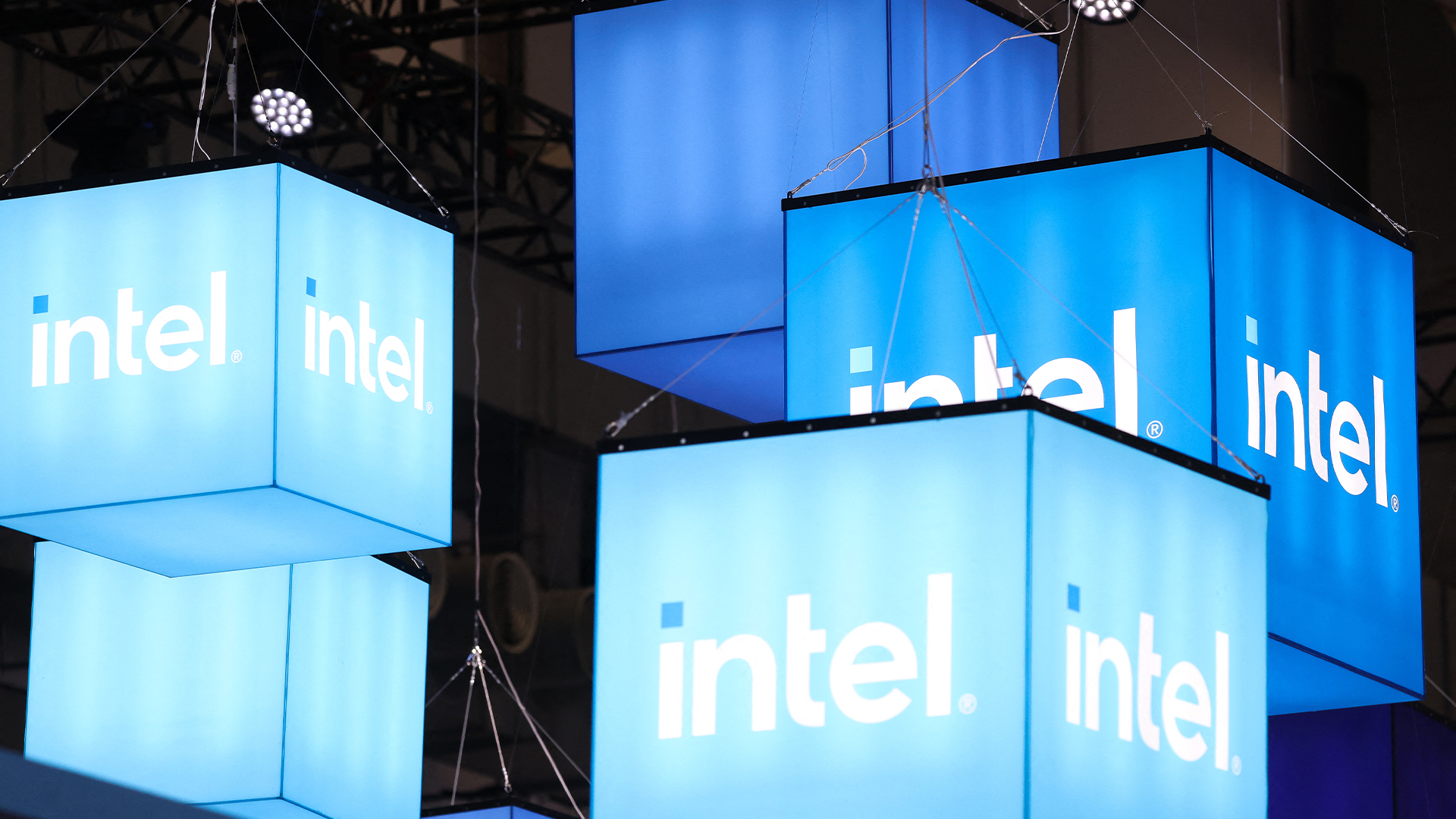 Intel layoffs to hit 15,000 roles as falling revenue and poor returns on AI bite
Intel layoffs to hit 15,000 roles as falling revenue and poor returns on AI biteNews CEO Pat Gelsinger announced news of the Intel layoffs following a recent earnings call
-
 Sustainable business starts with sustainable IT infrastructure
Sustainable business starts with sustainable IT infrastructureWhitepaper Reduce energy consumption without sacrificing performance with Intel and CDW
-
 Winning the data-centric digital business in this decade
Winning the data-centric digital business in this decadeWhitepaper Discover more about Dell’s adaptive, secure, and resilient portfolio for the digital business and win in this data-centric era
-
 Intel and Dell secure deal to build a digital twin of a UK fusion power plant
Intel and Dell secure deal to build a digital twin of a UK fusion power plantNews The simulation will be critical for meeting the ambitious goal of delivering fusion energy to the UK’s energy network in the 2040s
-
 Continuously modernize storage
Continuously modernize storageWhitepaper Modernize data storage to accelerate operations and digital business initiatives
-
 Intel pitches new 4th Gen Xeon chips as its "most sustainable" data centre processors
Intel pitches new 4th Gen Xeon chips as its "most sustainable" data centre processorsNews The chip giant suggested the launch of the 4th Gen Sapphire Rapids processors marks a turnaround in its recent history
-
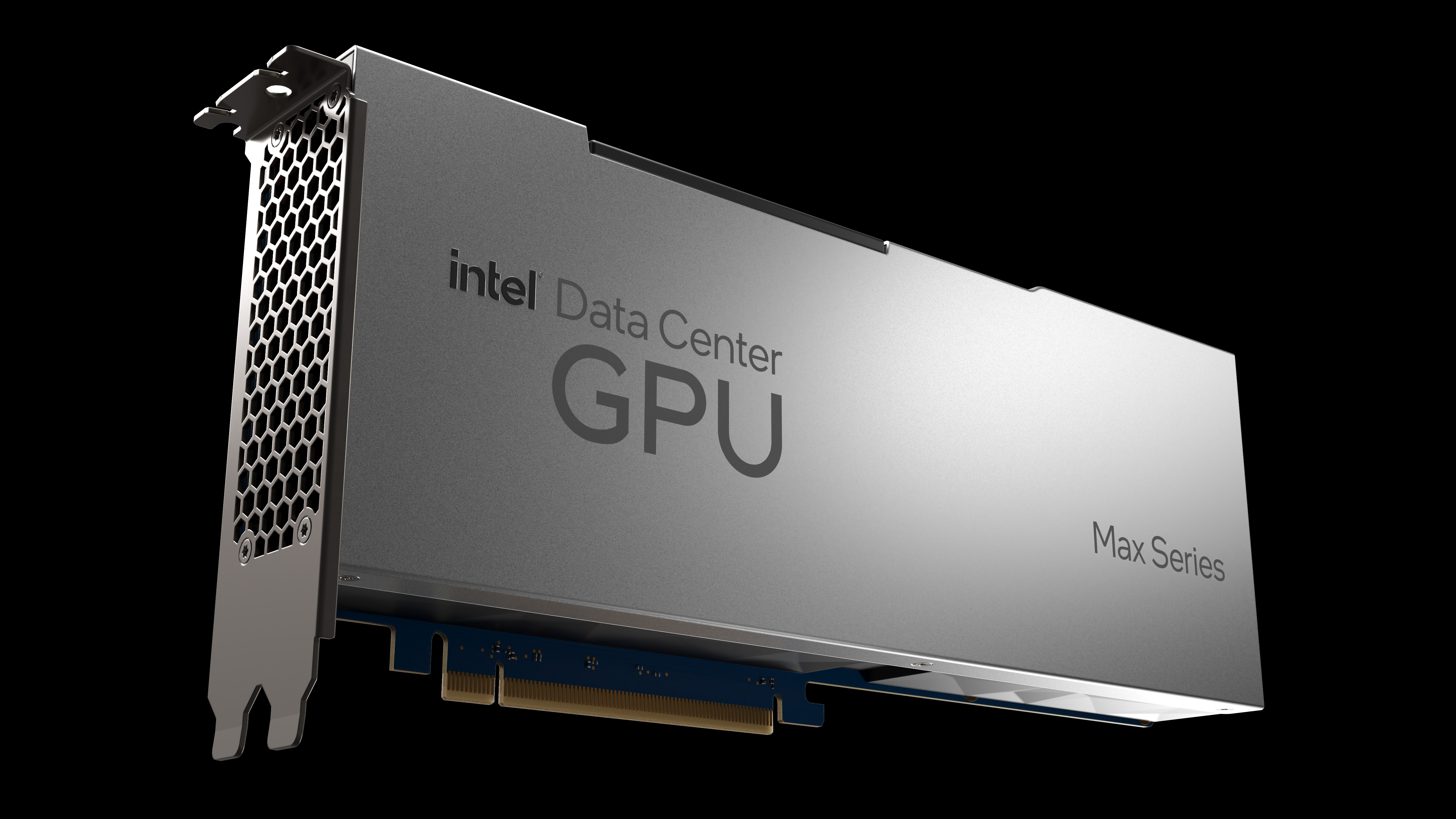 Intel unveils Max Series chip family designed for high performance computing
Intel unveils Max Series chip family designed for high performance computingNews The chip company claims its new CPU offers 4.8x better performance on HPC workloads